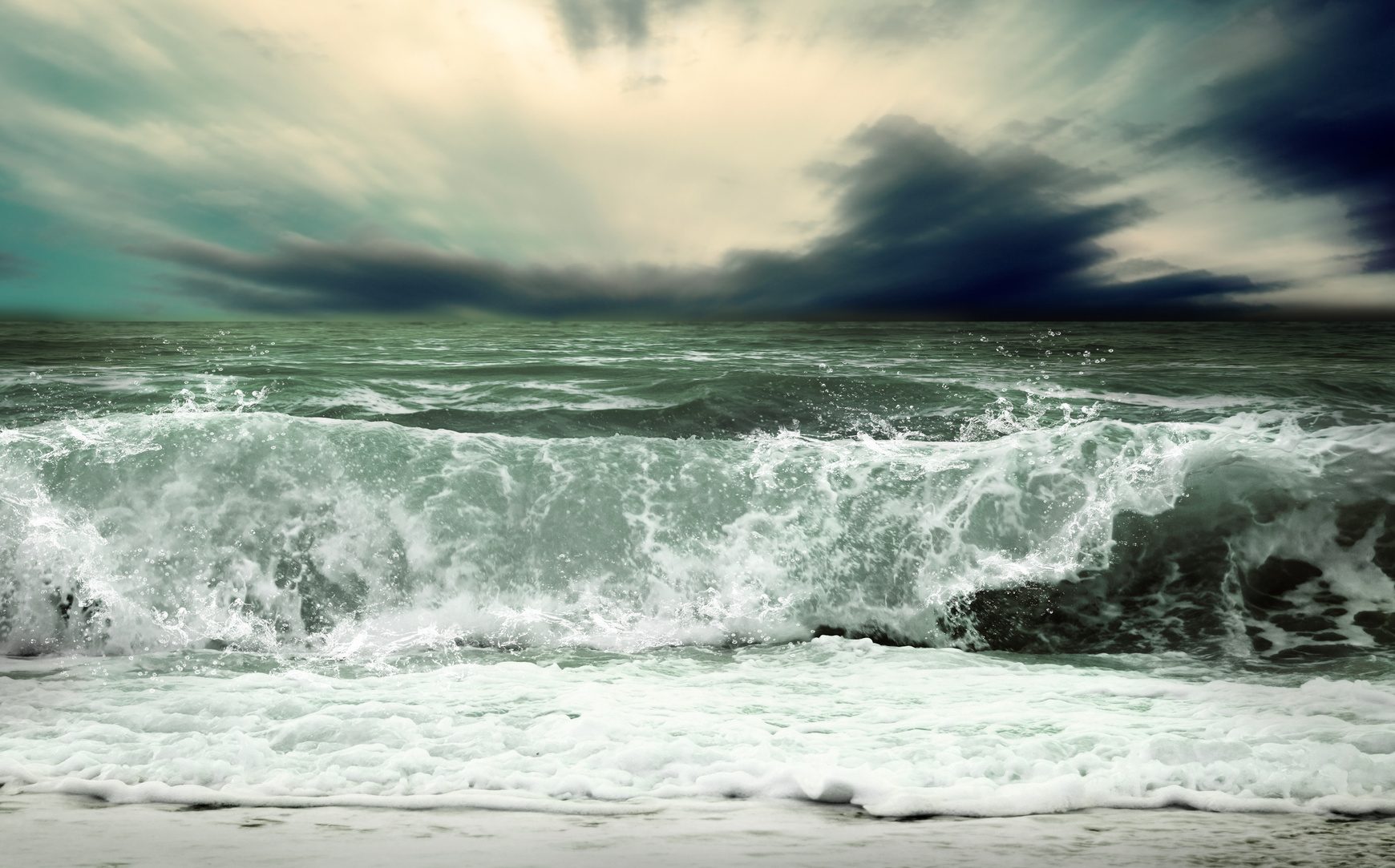Violent coastal storms are known to leave horrific devastation in their wake, often pushing the shoreline significantly backward. But in the long term, extreme weather events could protect some sandy beaches from rising sea levels, according to a study: Researchers use three examples to show that forces of nature can lead to large net gains in materials by bringing sand from the depths. Scientists say this effect must now be taken into account when assessing coastal development in the context of climate change.
A creeping deluge threatens the world: Global warming is melting ice masses on Earth and slowly rising sea levels. As a result, many low-lying coastal areas are threatened by flooding and land loss. In addition to combating further climate change, measures to adapt to these developments are now needed. The main question is to what extent certain coastlines can change. In the past, this was estimated using a simple approach that predicts, depending on the steepness of the coast, a given regression as a function of sea level rise.
Storm Impact Tracking
This Brune base predicted huge losses, especially for the sandy beaches of the world: accordingly, global sea level rise caused by climate change is likely to lead to a sharp decline or loss of nearly half of the world’s sandy beaches. end of this century. “However, the Bron Rule has been criticized for its simplicity, as it does not take into account many of the complex factors with which some beaches respond to sea level rise. This includes the presence of sand stored in deeper areas offshore – and the potential for it to be mobilized during extreme weather events,” he said. says Gerd Maselink of the University of Plymouth. He and his colleagues have now investigated specifically this potential effect.
To do this, they examined three sandy stretches of coastline in Australia, the United Kingdom, and Mexico. Each of these regions experienced a succession of severe storms during the study period, followed by a milder coastal recovery phase. “We know that severe storms cause widespread coastal erosion and damage to waterfront properties,” says lead author Mitchell Harley of the University of New South Wales in Sydney. “For the first time, we looked not only above the water, where it is easy to see the effects of severe storms, but also in the depths of the water,” says the researcher. The information was provided, among other things, by examinations with lidar scanners, which use laser measurements to show structures hidden in water. In this way, the researchers were able to record and compare changes in material accumulations in the beach system before and after storm events.
Net profit is emerging
As the team reported, the results showed that in all three cases the storms caused visible losses in the visible area of the beach and sand dunes. But there was a disproportionately large offset in the underwater area of the beach due to the packed material deposits: “We found that such events resulted in hundreds of thousands of cubic meters of sand entering the shore systems,” Harley says. As the researchers explain, these additional amounts are consistent with materials that are typically used in protective measures to artificially build beaches.
According to Harley, this changes the view about the role of severe storms. Because the increase in sediment they cause may be enough on some coasts to offset decades of projected coastal decline. “Evidence shows that intense waves, while causing upper beach and dune erosion, can contribute positively to the material’s overall sand budget,” says Masilink. Therefore, these effects from strong storms should now be taken into account in long-term projections of sediment movements on beaches. “However, it is becoming clear that we need to study beach by beach to understand how sandy beaches will change as global sea levels continue to rise,” Harley says.
As a result, more research is now needed: “So far, we’ve only scratched the surface with our results. We need to replicate these kinds of observational measurements for more storms and different types of coastal environments under different conditions,” says Harley. Only then will we be able to better understand how much sand is stored offshore, which may help offset the effects of sea level rise. This may eventually give us a clearer picture of what our shores might look like in 2100 and beyond.”
Source: University of New South Wales, professional article: Nature Communications, doi: 10.1038/s43247-022-00437-2

“Award-winning music trailblazer. Gamer. Lifelong alcohol enthusiast. Thinker. Passionate analyst.”






More Stories
Address to the Nation: Joe Biden Explains His Resignation and Future
Harry makes serious claims in TV documentary: Will Meghan never return to UK?
’90s TV Star: Mourning Brenda: American Actress Shannen Doherty Dies – Entertainment